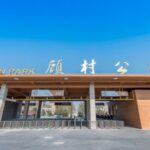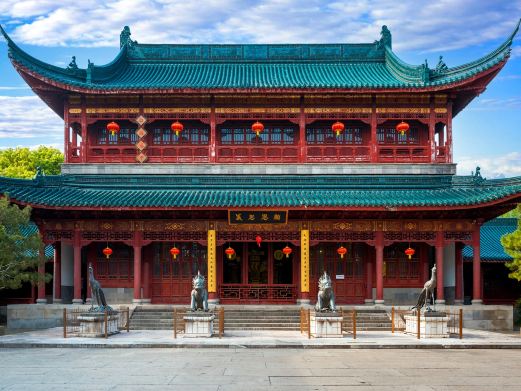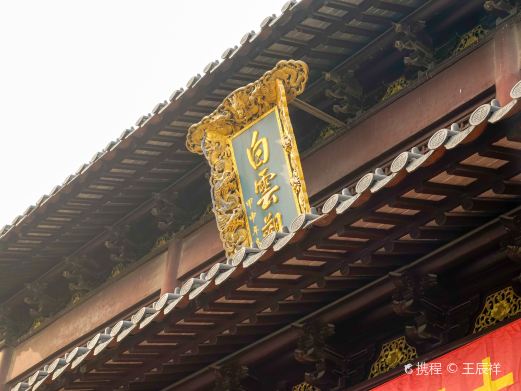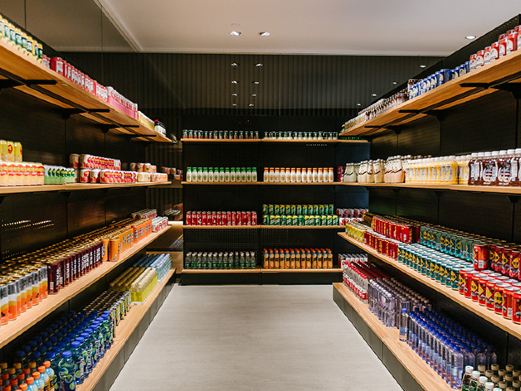The Shanghai Jewish Refugees Memorial is located at the intersection of Changyang Road and Zhoushan Road in Hongkou District, established in 2007, and was built around the former site of the Ohel Moshe Synagogue, one of the centers of Jewish activities in Shanghai at that time. The museum completed its expansion in November 2020. The new museum covers an area of about 4,000 square meters, including the former site of the Ohel Moshe Synagogue and the original residential buildings to the west and south, preserving the original architectural style.
To date, the museum has collected approximately 1,000 pieces (sets) of historical materials. The new museum uses new exhibition techniques such as scene restoration and interactive multimedia to authentically restore the warm details of the interactions, mutual assistance, and overcoming difficulties between Jewish refugees and the Chinese people. It vividly recreates the history of European Jews seeking refuge in Shanghai during the 1930s and 1940s. The exhibition itself is also a historical site within China that reflects the lives of Jewish refugees in China during World War II. The museum will continue to tell the unique Chinese story of Shanghai people’s selfless acceptance of Jewish refugees to tourists from China and abroad, carrying this special global historical memory in all aspects. Opening hours are from January 1st to October 7th, Tuesday to Sunday, 09:00-17:00; from October 9th to December 31st, Tuesday to Sunday, 09:00-17:00; closed on Mondays during both periods; open on National Day, 09:00-17:00; closed on October 8th. Preferential policies include free admission for children under 1.3m (inclusive) with adult accompaniment, free admission for disabled persons with a disability certificate, free admission for active-duty military personnel and dependents with relevant valid documents, free admission for on-duty public security police with relevant valid documents, and free admission for fire and rescue personnel with relevant valid documents. Full-time undergraduate and below students (excluding adult education graduate students), under the age of 23 (inclusive), are eligible for half-price tickets. Additional instructions: Disabled persons with a disability certificate, active-duty military personnel, on-duty public security police, dependents, and fire and rescue personnel with relevant valid documents can receive free tickets at the museum’s visitor center. Must-see tips [Visiting Instructions] include: (1) Tickets purchased at the window are valid for one entry only and are non-refundable once sold. (2) It is strictly prohibited to bring flammable, explosive, toxic, harmful items, controlled knives, and pets into the museum. (3) Please respect cultural relics and exhibits; do not touch, move, or damage them. Running and loud noise are not allowed inside the museum. (4) Children under 1.3 meters in height, elderly people with limited mobility, and special individuals must be accompanied by relatives during the visit. (5) Drunk persons, those dressed inappropriately, and those without civil conduct capacity without the accompaniment of a guardian are not allowed to enter.6. Smoking is prohibited throughout the museum (including outdoor areas).

7. Do not bring opened food and beverages into the exhibition hall. Eating and drinking are prohibited in the exhibition hall.

8. Do not use flashlights, selfie sticks or tripods in the exhibition hall. Video recording or live streaming is prohibited without permission. Photography is prohibited in some exhibition areas. Please pay attention to the notices and guidelines in the exhibition hall.

9. Keep the environmental hygiene inside the museum and sort and throw garbage into the designated areas.









